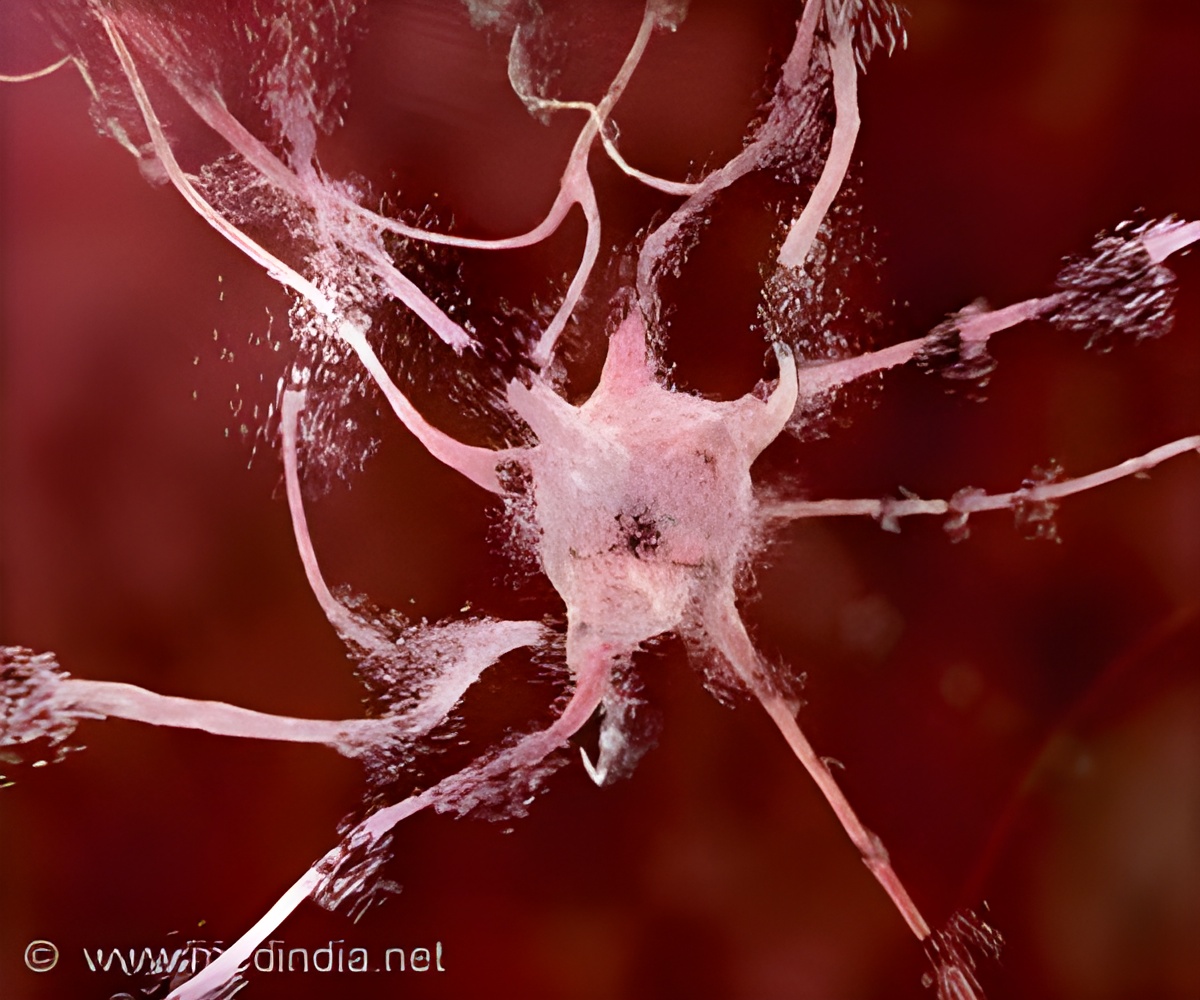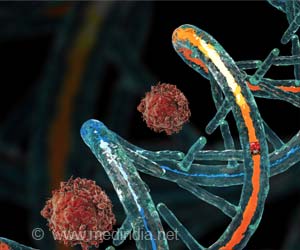A newly identified biochemical pathway protects cells from a type of cell death called ferroptosis.

‘A new biochemical pathway that protects cells from ferroptosis (a type of cell death) has been discovered.’





Ferroptosis is a specialized type of cell death that is caused by imbalances in oxidation within cells. Ferroptosis results in changes to molecules in the cell membrane called lipids and can be caused by cysteine starvation. Cysteine is a type of amino acid that is one of the building blocks of proteins and is also used by the body for numerous important physiological processes, including cell survival, regulation of oxidative-reduction reactions and energy transfer.
Because of its critical role in normal processes, cysteine is highly regulated to prevent excess or insufficient amounts of the amino acid.
Several different types of cancer overexpress molecules that play an important role in cysteine regulation. This suggests that reducing cysteine levels may negatively affect cancer growth.
In fact, studies have shown that cancer cells can be induced to undergo cell death by either inhibiting cysteine uptake or starving cells of cysteine.
Advertisement
The researchers discovered that cancer cells can activate signaling pathways to protect themselves against cell death due to cysteine starvation.
Advertisement
The researchers found that the peptides were synthesized through the activity of the protein GCLC. Under normal conditions, GCLC is involved in the first step of the synthesis of the antioxidant glutathione from the amino acids cysteine and glutamate.
However, this newly discovered activity of GCLC occurred in the absence of cysteine and was important to limit both glutamate accumulation and oxidant production.
The researchers further analyzed signaling mechanisms controlling GCLC-mediated peptide synthesis and discovered that GCLC was regulated by the protein NRF2.
They found that under normal conditions, NRF2 regulated GCLC to produce glutathione, but under cysteine-starved conditions, NRF2 regulated GGLC to produce γ-glutamyl-peptides.
"NRF2 is known to play an important role in the protection against cellular oxidation and is often deregulated in lung cancer," said lead author Gina DeNicola, Ph.D., assistant member of the Cancer Physiology Department at Moffitt.
"The ability of NRF2 to protect against ferroptosis has important implications for cancer, particularly lung cancers that commonly have NRF2 activation via mutations in KEAP1 and NRF2."
Source-Eurekalert











